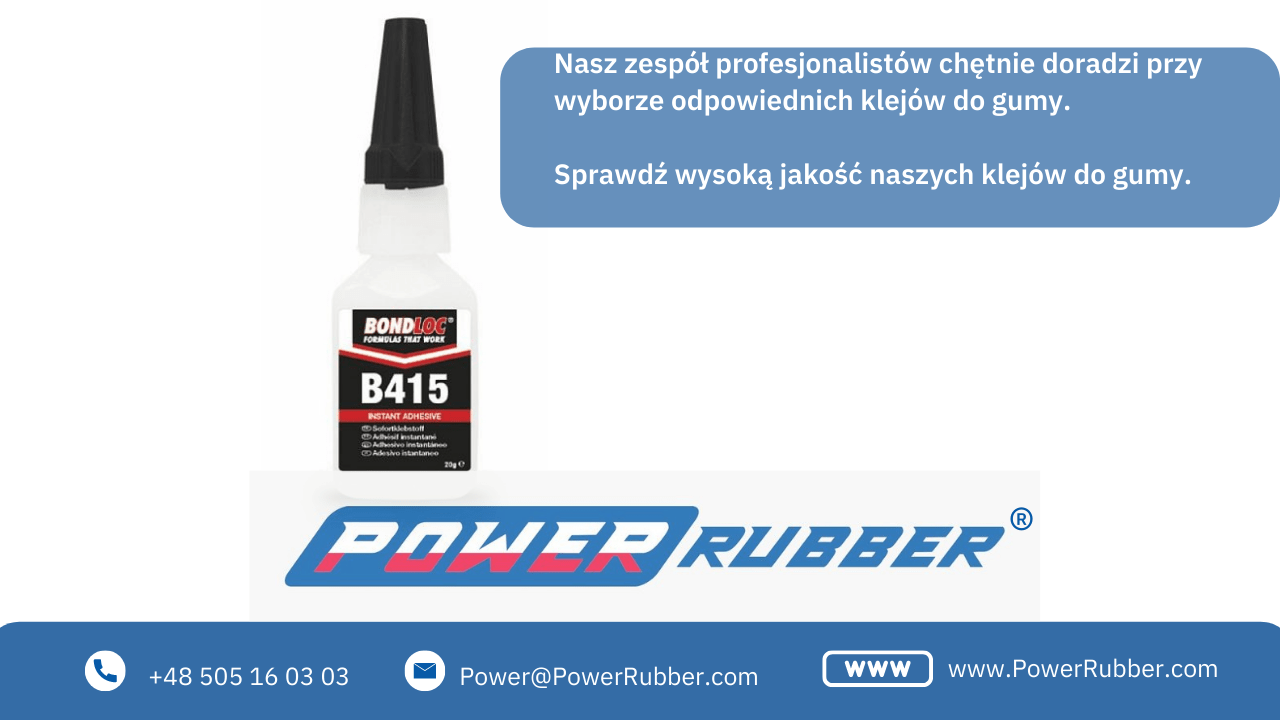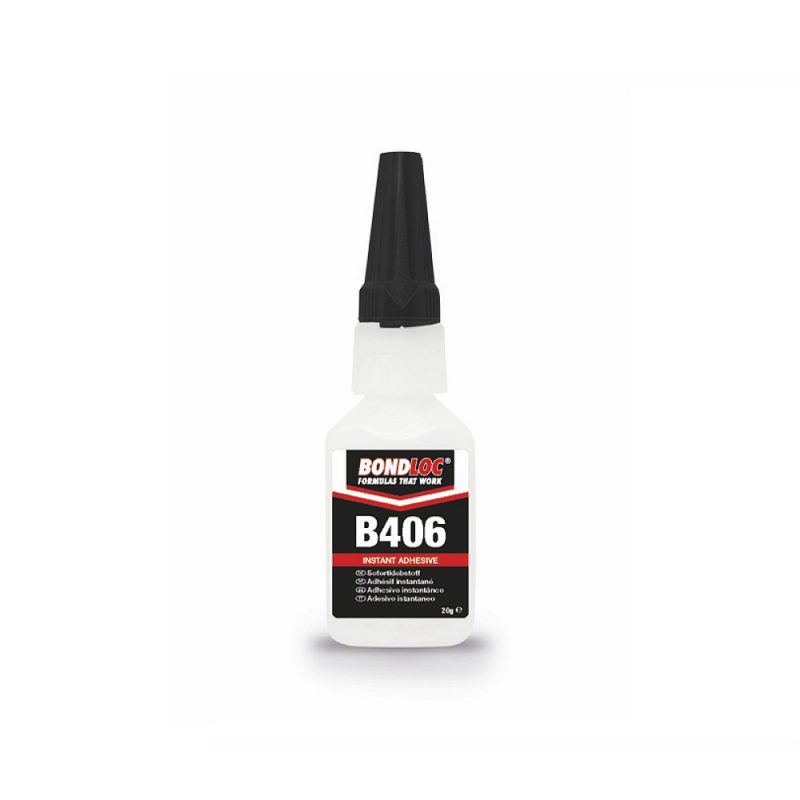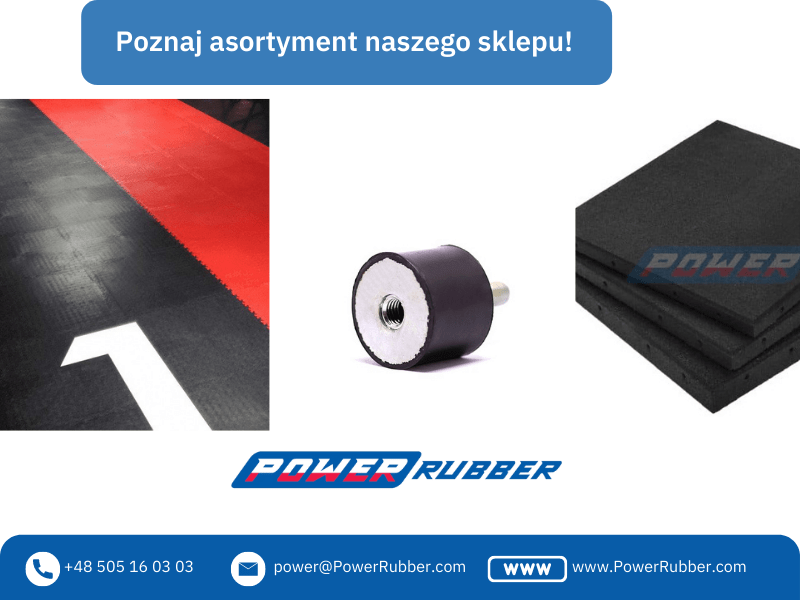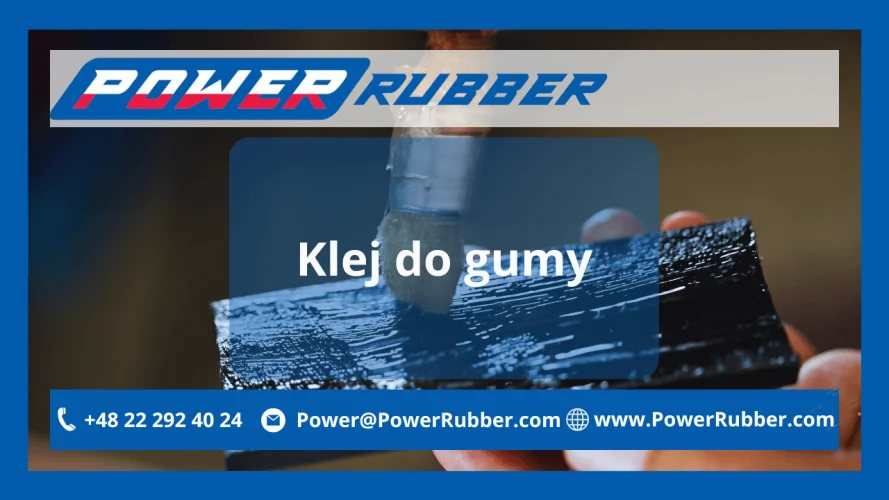Rubber glue
How to choose an adhesive for a specific surface?
Gluing enables accurate and tight connection of two or more elements while maintaining their separate properties. There is a general rule that the more versatile an adhesive is, the less effective it is. The type of adhesive will depend on the type of materials, since as an adhesive it forms a bond with a specific surface through a chemical reaction process. This means that the glue interferes with the quality, and thus even the appearance of a given element, permanently changing its top layer. Currently, every large stationary and online store in the construction and renovation industry has a wide selection of popular universal adhesives. However, if you have more specific needs, you can also be interested in a specialized binder dedicated to a given type of surface. This will certainly result in greater durability. Even before buying, you should think about what exactly we need glue for and what materials we want to connect permanently. For example, rubbers have different, very specific properties from other materials, such as metal or plastic. It mainly concerns the smoothness of the surface, slip, hardness and, in general, the tendency of the material to enter into active and dynamic chemical reactions with the substances contained in the adhesive. These features may determine later discoloration, deformation, toxicity or other damage and damage. However, when choosing a dedicated glue, you do not have to worry about it. Specialized vulcanizing rubber adhesive can permanently bond materials of different types. It is recommended by builders and renovation teams for professional use. The size and shape of the surfaces to be joined are also important. Another glue should be used when the contact area is large and both materials are rough. The situation is completely different when they meet only at one small point. In specialist stores, it is necessary to mention these properties when talking to an advisor, because it may change the type of binder selected. Certainly, an online store or a directly authorized distributor of Multibond or Bondlock adhesives will provide the greatest variety of professional adhesives.Classification of adhesives according to the application
Adhesive for rubber and other materials can also have many other applications, it does not need to be limited only to work with this one type of material, if you know its properties and possibilities. Professionals in their industry distinguish several basic categories that are used to better organize their theoretical knowledge and transfer it easily into practice. The division by application is probably the most popular, because it gives easier orientation in the possibilities of work and application for specific materials - rubber, wood, ceramics, glass and others. Knowledgeable people distinguish several most important groups, and the most popular types of adhesives are:
- epoxy glue - it is most often chosen for joining metals and ceramics, has a specific smell and takes quite a long time to dry, which is why it is often used when necessary,
- amine glue - used for gluing wood, used, for example, in carpentry,
- phthalic glue - one of the more delicate, but very durable types of binders, used for paper and wood, often used in homes,
- polyrethane glue - it is recommended for metals, plastics and leather,
- polyvinyl glue - specifically adapted to joining leather and wood,
- polyacrylic adhesive - perfectly bonds metal with ceramics and plastics, it is used in industry, but also in design to create everyday objects,
- silicone glue - gluing rubber is an ideal task for this type of adhesive. Best for professionals who want to permanently bond rubber and silicone.
Of the above products on the list, most of them are two-component binders. This ensures great flexibility in use. It also reduces the time needed for a good bond, i.e. complete drying, stabilization and consistency of the surface. Gluing rubber with such a binder will be much more durable and less susceptible to external factors. It is worth remembering that often individual manufacturers name their lines of adhesives differently, so you always have to read the descriptions in order not to fall into the trap or miss the product you are interested in.

Durability and rubber adhesive
There are many external factors that can adversely affect the performance of a binder with a particular material. The gluing of rubber is associated with a significant problem, which is chemical oxidation. Upon contact with oxygen, i.e. experiencing daily contact with fresh air, even professional adhesives with a less complex composition may start to change or lose their original properties. Rubber glue should be a specialized product containingrecognized and certified active substances. Each branch stationary or online store usually uses flagship products of specific companies. The distributor of Multibond adhesives is one of the most popular due to the high level of specialization, and at the same time transparent operation of categories, perfect composition and effectiveness confirmed by many customers. When purchasing professional binders for the first time, it is worth considering the purchase of this company's products. In terms of strength, solvent-based adhesives are usually produced on the basis of polymer resins with a solvent or other monomer. In this way, the popular and known to everyone "droplet adhesives", universal adhesives for everyday use, also for rubber, are created. They work in a slightly different way as they bind the two materials together by partially dissolving them and "fusing" together permanently. Due to specific resins, the whole thing penetrates deeply into the material, and after drying it is very resistant and possible for further mechanical processing. Solvent-based polymer resin adhesives are ideal for plastics. This method is also effective for porous surfaces. One of the most famous and widely available in stores is Butapren glue, which is a must-have in every home and is always useful. A good example is the so-called "rubber metal glue", which perfectly bonds these surfaces.
 You can buy here: Durable adhesives for rubber
You can buy here: Durable adhesives for rubber What should you pay attention to when choosing an adhesive for rubber?
This seemingly narrow category is also divided. We currently have access to a huge selection of adhesives on the market, which differ in the specificity of the surfaces to be joined. For example, glue for shoe rubber, which usually consists largely of natural rubbers, should also contain ingredients of the same origin in order to seal the resulting hole better and more permanently. A good tip is that when looking at a specific product packaging, it is best to look at the bond length and the time needed for the total and final resistanceto weather conditions or load. It is also always worth checking the main active ingredient. In the event that the rubber product on the shelf in the store has run out, you can try to choose a similar version with the same binder. It should be remembered that the packaging always shows two times - setting and achieving full strength. The former only determines the time that must pass to pre-bond the two materials, but at this point it is still easy to separate one surface from the other. Only after achieving full strength, the resulting joint will be as stable and inseparable as possible. Before buying, it is also worth checking whether a given rubber adhesive or other material requires a separate layer of substrate preparation. It often happens that it is a separate product that must be purchased for the binder to work properly.

